Revolutionize Vehicle Durability: Top Anti-Corrosion Materials

Moisture and oxygen fuel corrosion, damaging vehicles and increasing repair costs. Anti-corrosion ma…….
Anti-corrosion materials have emerged as a critical component in various industries, offering protective solutions against the detrimental effects of corrosion. Corrosion, an inevitable process where metals interact with their environment, leading to degradation and strength loss, has prompted researchers and engineers to develop innovative materials to combat this natural phenomenon. This article aims to provide an in-depth exploration of anti-corrosion materials, their significance, global impact, technological advancements, and future prospects, offering valuable insights for professionals and enthusiasts alike.
Anti-corrosion materials, also known as corrosion-resistant or protective coatings, are specialized substances designed to prevent or retard metal corrosion. These materials form a barrier between the metal surface and its corrosive environment, thereby minimizing the rates of metal degradation. The primary components of anti-corrosion materials include:
Coating Materials: These can be organic polymers (e.g., epoxy, polyurethane), inorganic compounds (e.g., zinc, aluminum oxide), or a combination of both. Each material offers unique corrosion resistance properties and is chosen based on the specific application requirements.
Surfaces to Be Protected: Metals such as steel, aluminum, copper, and their alloys are commonly used in various structural applications and require protection against corrosion. The choice of anti-corrosion material depends on the metal’s characteristics and the corrosive environment it will be exposed to.
Corrosive Environment: Factors like moisture content, chemical substances, temperature, humidity, and types of gases influence the selection of anti-corrosion materials. For instance, salt water can accelerate corrosion in coastal environments, necessitating specific protective coatings.
Historically, the need for anti-corrosion materials arose as early as the 19th century when engineers sought ways to prolong the lifespan of metal structures like bridges and ships. The development of hot-dip galvanization, a process of coating iron or steel with a layer of zinc, marked a significant milestone in corrosion protection. Over time, advancements in polymer science and materials engineering have led to a diverse range of anti-corrosion coatings, each tailored for specific applications.
The global impact of anti-corrosion materials is profound, with its application spanning critical infrastructure, transportation, construction, marine, and industrial sectors. According to a report by Market Research Future (MRFR), the global anti-corrosion coatings market is projected to reach USD 23.5 billion by 2027, growing at a CAGR of 6.8% during the forecast period (2020–2027). This growth can be attributed to increasing infrastructure development and the rising demand for durable, long-lasting products.
Asia-Pacific: The Asia-Pacific region dominates the market due to its vast construction and automotive industries. Countries like China and India are significant contributors to the global anti-corrosion materials market, with a focus on infrastructure development and industrialization.
North America: Known for its advanced manufacturing and transportation sectors, North America is a major consumer of anti-corrosion coatings, particularly in the oil and gas industry. The region’s stringent environmental regulations drive the adoption of eco-friendly corrosion protection solutions.
Europe: With a well-established automotive and aerospace sector, Europe has a high demand for anti-corrosion materials. The European Union’s emphasis on sustainability further drives innovation in corrosion-resistant coatings, focusing on environmentally friendly alternatives.
Sustainability: There is a growing trend towards developing eco-friendly anti-corrosion materials that reduce environmental impact without compromising performance. Water-based and low-VOC (volatile organic compound) coatings are gaining popularity.
Advanced Polymers: The use of advanced polymers, such as fluoropolymers and modified epoxy resins, offers enhanced corrosion resistance and improved bond strength to metal surfaces.
Nanotechnology: Nanomaterials and nanoparticles are being incorporated into anti-corrosion coatings to provide superior protection against various environmental factors.
The economic landscape of anti-corrosion materials is dynamic and influenced by several factors:
| Factor | Description | Impact |
|---|---|---|
| Market Size | The global market for anti-corrosion coatings is substantial, driven by the increasing demand for durable products in various industries. | Allows for significant investment opportunities and fosters innovation. |
| Price Fluctuations | Raw material costs, labor rates, and technological advancements influence coating prices, creating price variability in the market. | Requires businesses to adopt strategic pricing strategies and stay updated on industry trends. |
| Supply and Demand | Balancing supply with demand is critical, especially in regions with rapid infrastructure development. | Can lead to price increases or shortages if not managed efficiently. |
| Investment Patterns | Governments and private sectors invest heavily in anti-corrosion solutions for critical infrastructure projects, driving market growth. | Encourages economic growth and creates job opportunities in related industries. |
Technological breakthroughs have significantly contributed to the evolution of anti-corrosion materials, opening up new possibilities and enhancing performance:
Nanocomposites: Incorporating nanoparticles of various materials into coatings allows for improved corrosion resistance, mechanical properties, and barrier protection against chemicals and moisture.
Self-Healing Coatings: Developed with advanced polymer technology, these coatings can repair minor damage and cracks, extending their lifespan in corrosive environments.
Smart Coatings: Integrated with sensors and responsive materials, smart coatings can monitor corrosion levels, alert maintenance teams, and even trigger self-healing mechanisms upon detection of corrosion.
Biocorrosion Inhibitors: These are natural or synthetic compounds that inhibit the corrosion process by altering the electrochemical behavior at the metal surface. They offer environmentally friendly alternatives to traditional corrosive inhibitors.
Governments and international organizations play a crucial role in regulating and promoting anti-corrosion materials, ensuring their effectiveness and environmental compatibility:
Environmental Regulations: Strict environmental standards, such as those set by the European Union’s REACH (Registration, Evaluation, Authorization, and Restriction of Chemicals) regulation, govern the use of corrosion inhibitors and coatings to minimize toxic substances in the environment.
Product Standards: Organizations like ASTM International and ISO develop standards for anti-corrosion materials, ensuring product quality and performance. These standards guide manufacturers in producing reliable coatings.
Incentives and Subsidies: Governments offer incentives and subsidies to encourage the adoption of eco-friendly anti-corrosion technologies, promoting sustainable practices in industries.
Despite its numerous advantages, anti-corrosion materials face several challenges and criticisms that require attention:
Cost: Advanced anti-corrosion coatings can be expensive, particularly those with enhanced performance and eco-friendly properties. This cost can deter small businesses and industries from adopting these technologies.
Application Complexity: Proper application of anti-corrosion materials requires specialized knowledge and equipment, making it challenging for DIY projects or non-expert users.
Environmental Concerns: While efforts have been made to develop environmentally friendly coatings, some still contain hazardous substances that can impact water sources if not disposed of properly.
Performance Variability: The performance of anti-corrosion materials can vary based on environmental conditions and surface preparation, leading to inconsistent results in real-world applications.
To address these issues, researchers are focusing on developing cost-effective solutions, improving application methods through digital technologies, and designing coatings with enhanced environmental compatibility.
One of the most iconic examples of successful anti-corrosion material application is the Golden Gate Bridge in San Francisco. The bridge, constructed in 1937, has endured harsh weather conditions and high salinity levels, making it prone to corrosion. Over the years, the structure has undergone several coating renovations using hot-dip galvanization and advanced epoxy coatings. These treatments have significantly extended the bridge’s lifespan, showcasing the effectiveness of anti-corrosion materials in challenging environments.
The rapid growth of offshore wind energy has presented unique corrosion challenges. To address these, manufacturers are employing specialized coatings designed to withstand high moisture levels, salt fog, and harsh weather conditions. These anti-corrosion coatings, often featuring advanced polymers and nanocomposites, ensure the longevity of metal structures in coastal environments, contributing to the sustainability and efficiency of renewable energy projects.
The automotive industry has consistently pushed the boundaries of anti-corrosion materials, driven by the need for lighter, more durable vehicles. Modern car bodies often feature complex multi-layer coatings that provide excellent corrosion protection. For instance, aluminum alloy cars utilize specialized protective layers, including galvanization and organic coatings, to prevent corrosion and maintain their aesthetic appeal over extended periods.
The future of anti-corrosion materials looks promising, with several growth areas and emerging trends on the horizon:
Advanced Nanomaterials: The incorporation of nanomaterials will continue to revolutionize corrosion protection, offering lightweight, highly effective solutions for various industries.
Digitalized Coating Applications: Digital technologies, such as 3D printing and advanced spray coating systems, will enable precise, efficient applications, reducing waste and labor costs.
Sustainable and Eco-Friendly Solutions: With increasing environmental awareness, the demand for eco-friendly anti-corrosion materials will grow, driving innovation in water-based, low-VOC, and bio-based coatings.
Predictive Maintenance: The integration of smart coatings with Internet of Things (IoT) sensors will enable predictive maintenance practices, allowing for timely application of anti-corrosion treatments before corrosion becomes severe.
Personalized Coating Solutions: Customized coating formulations tailored to specific applications and environments will become more prevalent, ensuring optimal performance.
Anti-corrosion materials have evolved into indispensable components in modern industries, offering effective solutions for metal protection. From infrastructure development to renewable energy and transportation, these materials play a pivotal role in enhancing durability, safety, and sustainability. As technology advances and environmental considerations become more critical, the demand for innovative anti-corrosion coatings will only grow.
Q: How do anti-corrosion materials differ from regular paints?
A: Anti-corrosion materials are designed specifically to prevent or retard metal corrosion, whereas regular paints primarily serve aesthetic purposes and provide a barrier against moisture and dirt. Anti-corrosion coatings contain special ingredients that interact with the metal surface to form protective layers, whereas paints typically rely on a solid film to seal the surface.
Q: Can anti-corrosion materials be used on all types of metals?
A: Yes, but the effectiveness can vary. Different metals have distinct corrosion characteristics, and certain coatings may perform better on specific metals. For instance, zinc-rich coatings are excellent for steel structures, while aluminum oxide coatings are suitable for aluminum applications.
Q: How do environmental regulations impact anti-corrosion material development?
A: Environmental regulations play a significant role in shaping the development of anti-corrosion materials. Strict standards on toxic substances and waste disposal have driven the industry towards creating eco-friendly, water-based coatings with reduced environmental impact.
Q: Are there any new technologies emerging in anti-corrosion material research?
A: Absolutely! Nanotechnology, smart coatings, and biocorrosion inhibitors are some of the latest areas of focus in anti-corrosion material research. These advancements offer enhanced protection, self-healing capabilities, and environmentally friendly options.

Moisture and oxygen fuel corrosion, damaging vehicles and increasing repair costs. Anti-corrosion ma…….
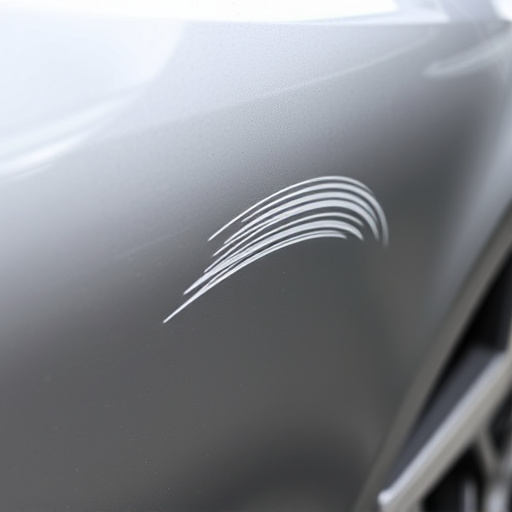
Anti-corrosion materials are a game-changer in auto repair, protecting metal surfaces from moisture…….
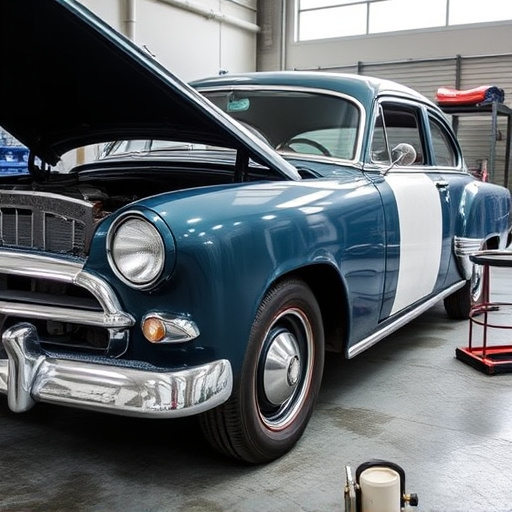
Balancing cost and durability in vehicle repairs is crucial. Cheaper parts may use subpar anti-corro…….
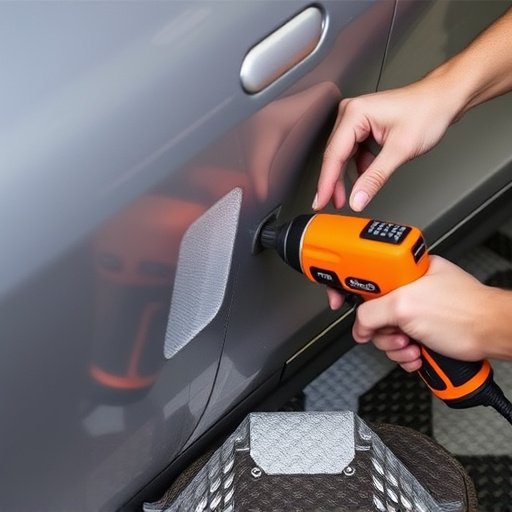
Harsh weather conditions accelerate metal corrosion, impacting construction, transportation, and inf…….
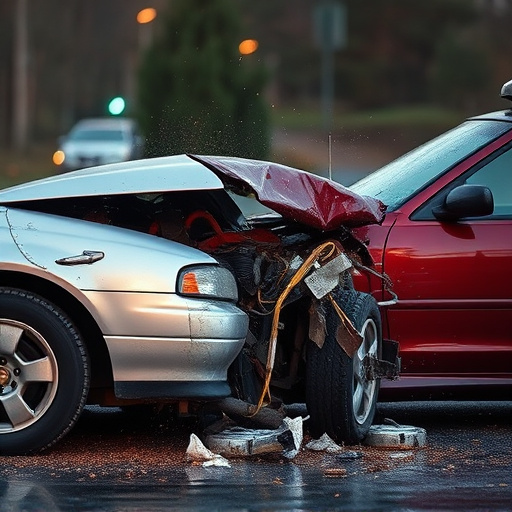
Corrosion, accelerated by moisture, salt, and pollutants, damages metals and structures. Anti-corros…….

Corrosion, a natural process causing metal degradation, poses significant threats to industries and…….

Corrosion, accelerated by weather and moisture, damages vehicles. Anti-corrosion materials protect a…….
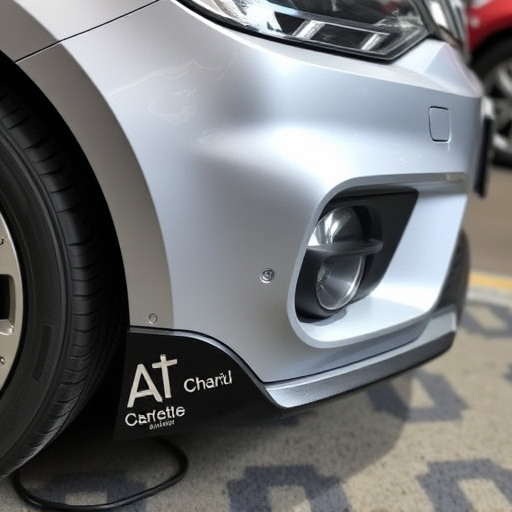
Anti-corrosion materials are vital for protecting metal surfaces, extending lifespans in industries…….
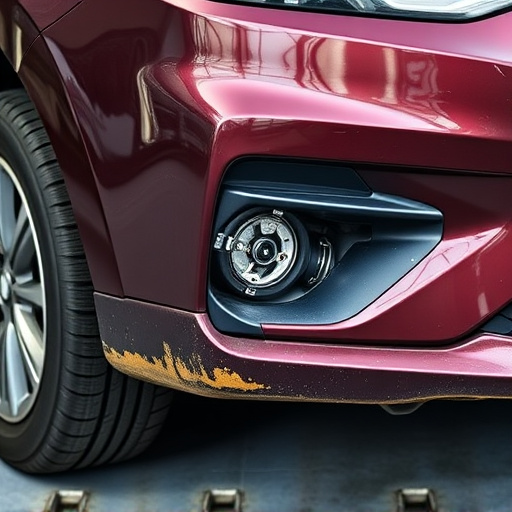
The anti-corrosion materials market is booming due to sustainability concerns and stricter environme…….